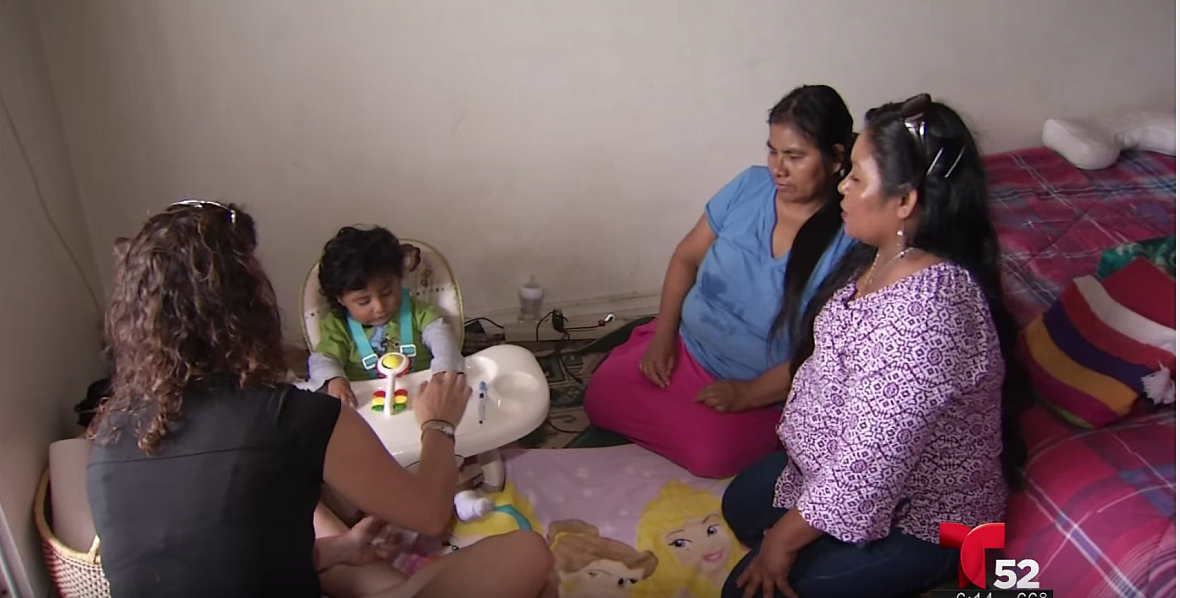We speak Mixteco (Part 3)
Julio Vaqueiro is the anchor of Telemundo’s morning news show in Los Angeles. He reported this project as a 2015 California Health Journalism Fellow at the University of Southern California’s Annenberg School of Journalism.
Other stories in the series include:

It’s 9 a.m. in the morning and Elvia’s day has already started.
She lends her voice to speak Mixteco, turns the words into English and also speaks a fluent Spanish.
“If we, that speak three different languages, sometimes have trouble to understand the doctor, imagine those who only speak Mixteco. They can’t communicate,” she told me.
She is an indigenous from Oaxaca, Mexico, and works as a medical interpreter in the Ventura County. Today, she accompanies the occupational therapists Rachel Pile, who only speaks English. As every Monday, they are in two-year-old Miguel’s therapy. His mother, Eulalia, only speaks and understands Mixteco. Elvia’s work is to break the language barrier that exists between therapists and patient.
“It’s a great responsibility,” says Elvia. “The health, or even the life, of a patient could depend on me passing the information correctly”. Rachel Pile, the therapist, agrees. Without the interpretation that Elvia provides, it would be impossible to give services to Mixteco children.
Miguel receives a therapy every week because he has neuromuscular problems and finds it difficult to ingest food. With these sessions, they are trying to stimulate his senses and his muscles so that one day he can feed himself. Elvia says she enjoys these appointments because Miguel is a very joyful kid. But there’s not always time for joy. She says that, in her five years as an interpreter, she has had to give terrible news to other parents.
“Imagine telling a parent that his child is dying and that there’s no hope for him,” she stares at me. “You have to deliver the news. You have to pass the information. Even if you feel that you are dying in the inside, you have to do it and give consolation to them. That is my job”.
And that is why people love her: “I think people are happy with what I do. They like the way I talk to them, the way I explain things. They always say thank you and smile at me when we finish each session.”
Just as you would smile at the person who connects you to the rest of the world.
[The story was originally broadcasted on Telemundo 52.]
